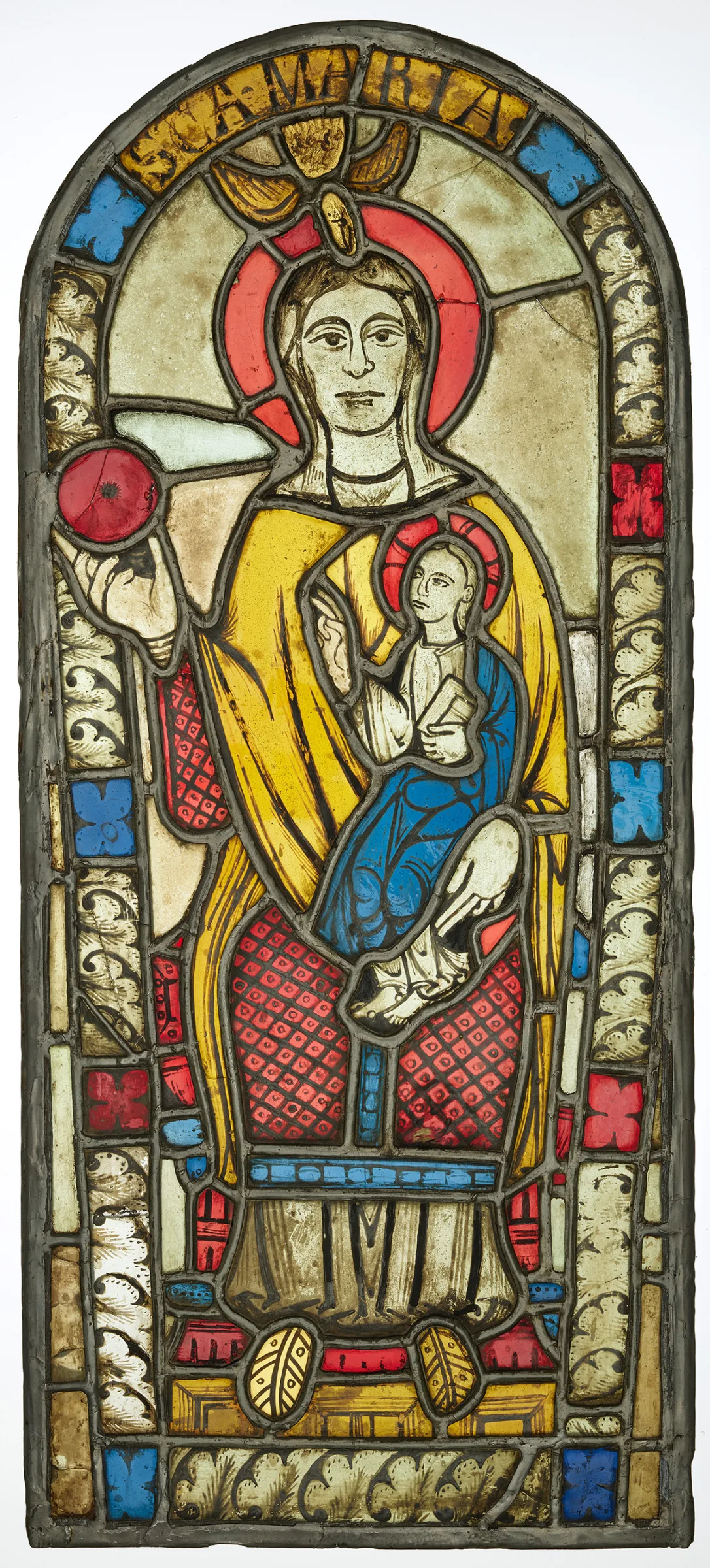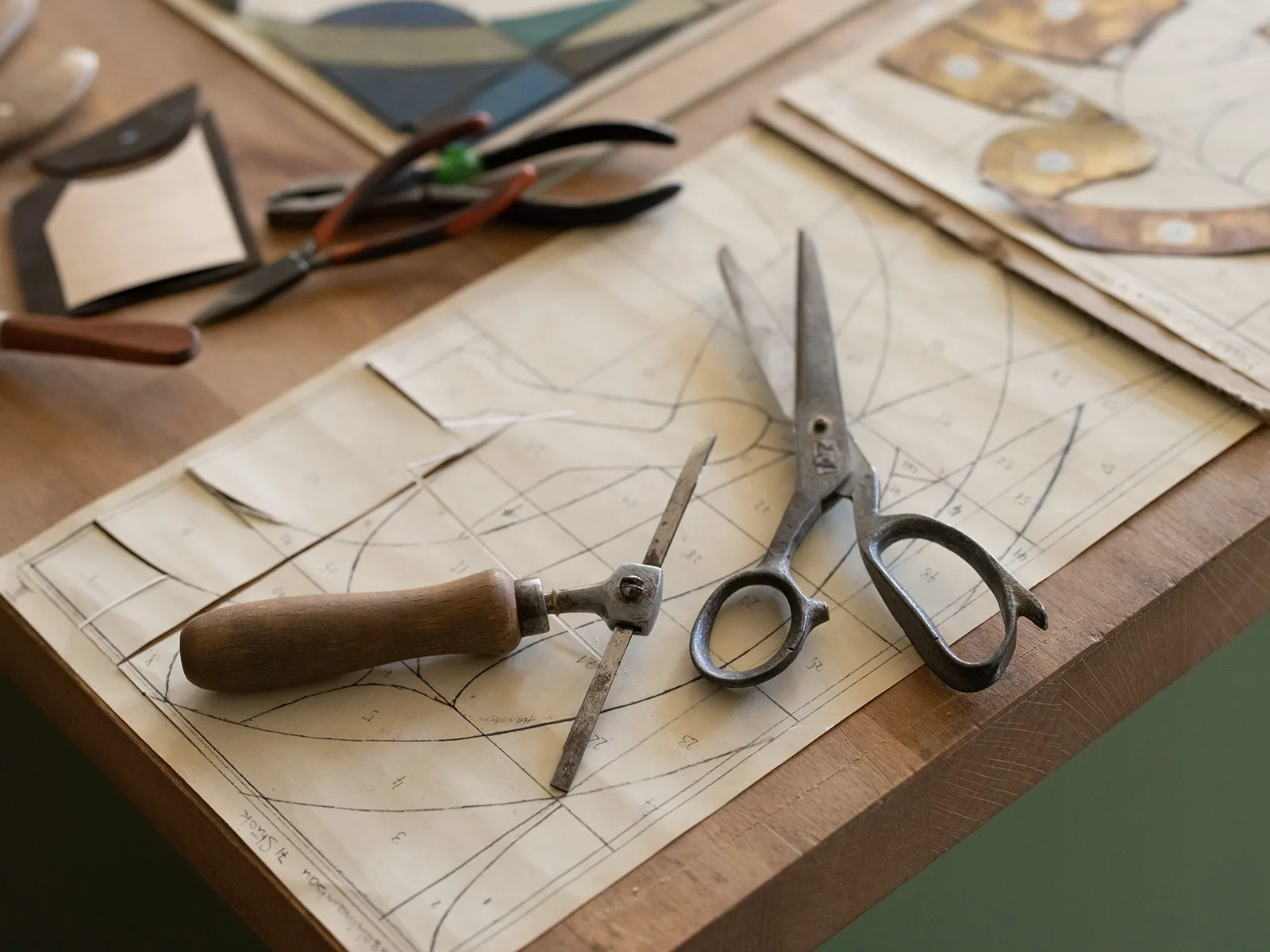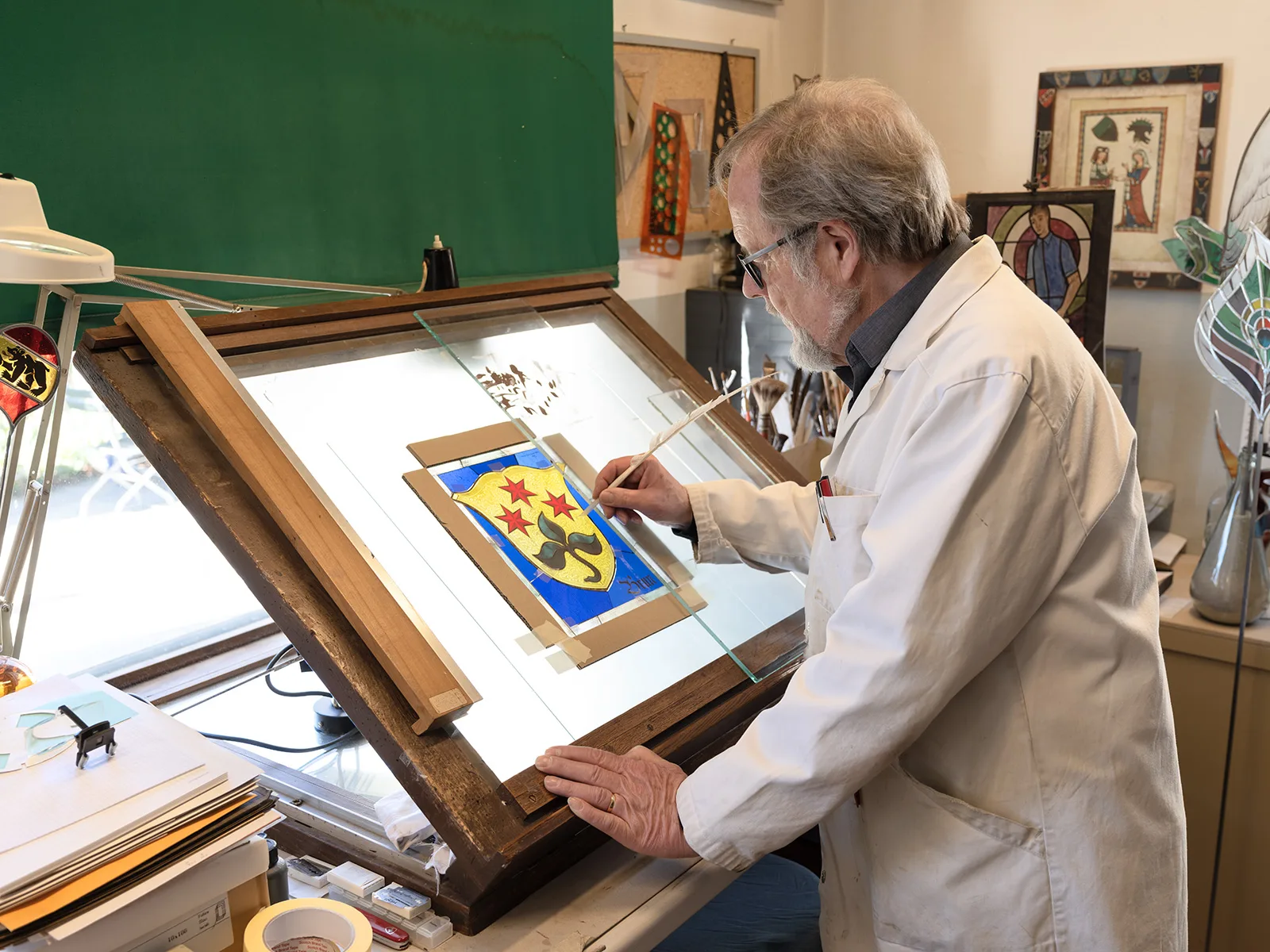
Colours revealed by light
Painted glass windows have been bringing light and colour into dark church rooms since the 13th century. But how is a glass painting actually made?

Glass puzzle





Painted glass windows have been bringing light and colour into dark church rooms since the 13th century. But how is a glass painting actually made?




